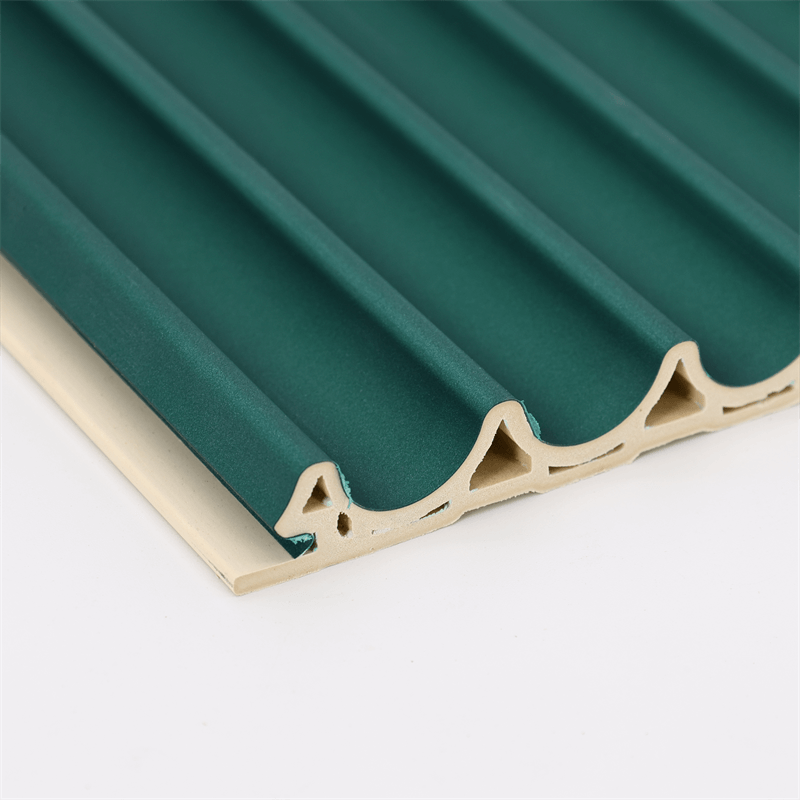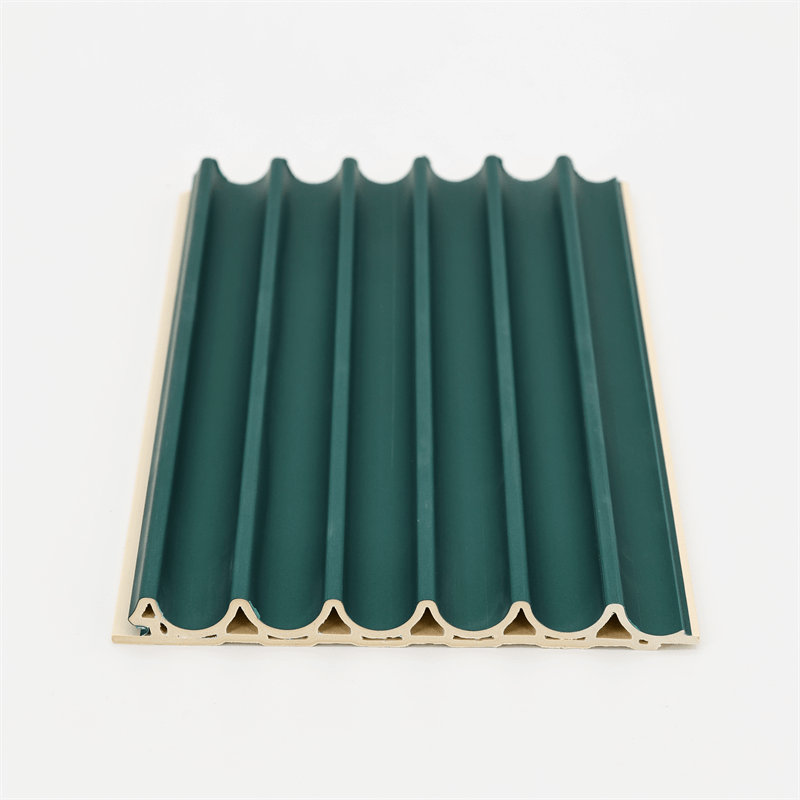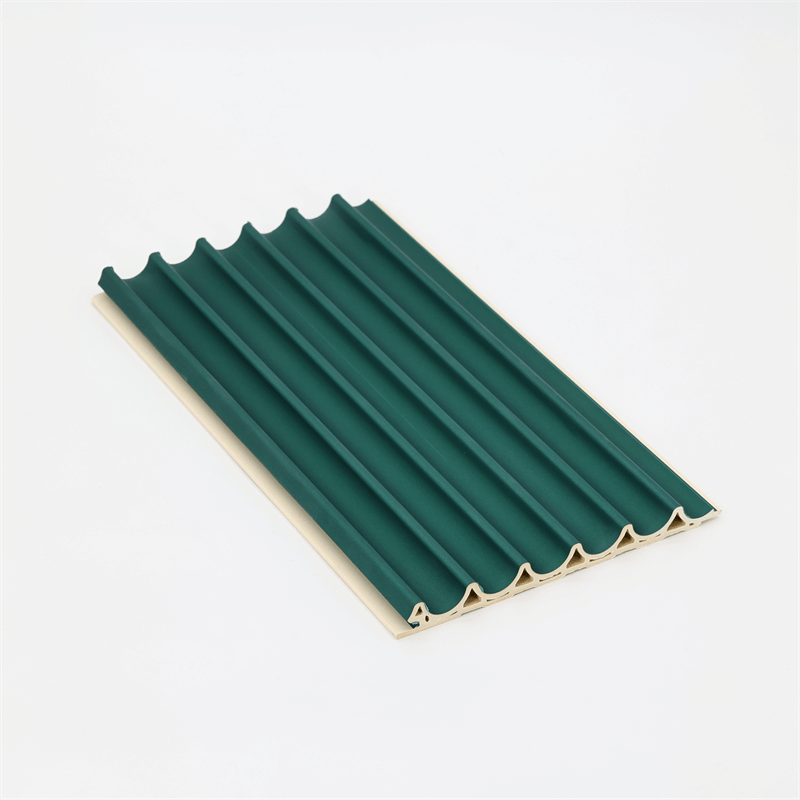In the realm of interior design, aesthetics play a crucial role in creating visually captivating and inviting spaces.
One material that has gained popularity in recent years for its aesthetic appeal is WPC (Wood Plastic Composite) wall panels.
These panels offer a unique combination of natural beauty and contemporary design, making them a favored choice among designers and homeowners.
In this essay, we will delve into the aesthetic appeal of WPC wall panels and explore how they enhance interior design through their versatility, texture, color options, and ability to create visually stunning focal points.
I. Versatility in Design:
One of the primary reasons for the widespread use of WPC wall panels in interior design is their versatility.
These panels come in a variety of styles, patterns, and finishes, allowing designers to experiment and create a range of looks to suit different design aesthetics.
Whether one desires a modern, sleek appearance or a more traditional and rustic ambiance, WPC panels can be tailored to meet diverse design preferences.
The versatility of WPC wall panels is evident in their ability to mimic the natural beauty of wood.
With their textured surfaces and wood-like grain patterns, these panels bring warmth and character to any space.
Moreover, WPC panels can be customized and shaped to fit unique design requirements, such as curved walls or innovative geometric patterns, adding an element of artistic expression to interior spaces.
II. Texture and Visual Depth:
Texture plays a vital role in interior design, as it adds depth, visual interest, and a tactile experience to the space.
WPC wall panels excel in this aspect, offering a wide range of textures that can transform a plain wall into a captivating focal point.
Whether it’s a smooth and sleek finish or a textured surface that replicates the feel of natural wood, WPC panels provide designers with options to create visually dynamic and engaging environments.
The texture of WPC panels not only enhances the visual appeal but also stimulates the senses.
Running fingers along the textured surfaces creates a tactile experience, adding an extra layer of interaction and sensory pleasure to the design.
This aspect of WPC panels can be particularly beneficial in spaces where touch and sensory engagement are desired, such as spas, restaurants, or sensory rooms.
III. Abundance of Color Options:
Color is an essential element in interior design, as it sets the mood, evokes emotions, and establishes a cohesive visual language within a space.
WPC wall panels offer an extensive range of color options, enabling designers to create harmonious color schemes or striking contrasts that align with the overall design concept.
From warm earth tones to vibrant hues, WPC panels cater to a broad spectrum of color palettes.
These panels can be selected to complement existing design elements or to serve as a statement piece that adds a pop of color to an otherwise neutral environment.
Furthermore, the color consistency and fade-resistant properties of WPC panels ensure that the vibrant hues remain intact over time, maintaining the aesthetic appeal of the space.
IV. Creating Visually Stunning Focal Points:
WPC wall panels excel at creating visually stunning focal points in interior design.
By strategically incorporating these panels into specific areas, designers can draw attention, create visual interest, and elevate the overall aesthetic of a space.
Whether it’s an accent wall in a living room, a feature panel behind a bed in a bedroom, or a backdrop in a commercial setting, WPC panels have the power to transform an ordinary space into a captivating and memorable one.
The ability to combine different textures, colors, and patterns of WPC panels allows designers to create unique and personalized focal points that reflect the desired ambiance and style.
The interplay of light and shadows on the textured surfaces further enhances the visual impact, creating depth and dimension that captivate the eye.

The aesthetic appeal of WPC wall panels in interior design is undeniable.
Their versatility in design, texture options, wide range of colors, and ability to create visually stunning focal points make them a favored choice among designers and homeowners alike.
The combination of natural beauty, contemporary design, and customization possibilities offered by WPC panels allows for the creation of captivating and inviting interior spaces that reflect individual tastes and design preferences.
With their ability to mimic the warmth and texture of natural wood, WPC wall panels bring a touch of nature into indoor environments.
The abundance of color options and the capability to create textured surfaces add depth and visual interest to the design, while also providing a tactile experience.
By incorporating WPC panels strategically, designers can establish visually striking focal points that leave a lasting impression.
In summary, the aesthetic appeal of WPC wall panels in interior design lies in their versatility, texture, color options, and ability to create visually stunning focal points.
These panels offer a unique blend of natural beauty and contemporary design that elevates the overall aesthetic of interior spaces, making them an excellent choice for those seeking to create visually captivating and inviting environments.


